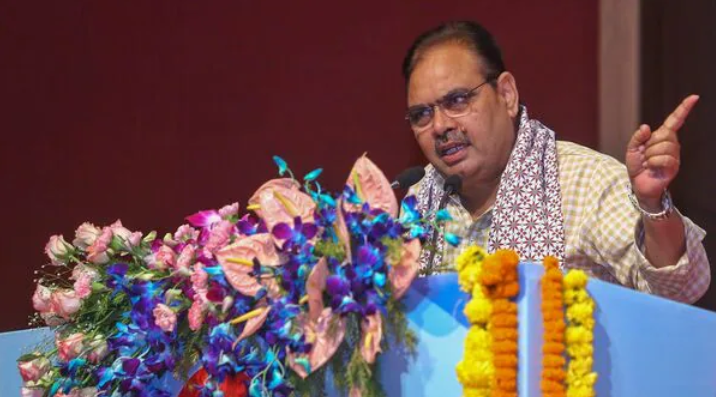Rajasthan Increases Quota for Women in Police Force to 33% (GS Paper 2, Governance)

Introduction
- In a significant step towards gender parity in law enforcement, the Rajasthan government has approved a 33% reservation for women in its police force.
- This decision comes as part of an amendment to the State Police Subordinate Service Rules, 1989.
Current Landscape
- Despite a gradual increase in female representation within the Indian police force, progress remains sluggish.
- As of January 1, 2022, women comprised only 11.7% of the total state police personnel.
- Given that policing falls under state jurisdiction, it is primarily the responsibility of State Governments and Union Territory (UT) Administrations to address gender disparities in their forces.
Significance of Female Representation
- Enhanced Management of Gender-Based Violence: Greater female representation in law enforcement has been linked to improved handling of cases involving domestic violence, sexual assault, and other crimes against women. Female officers contribute to higher reporting rates and better resolution of such cases.
- Improved Community Relations: Women officers are often more trusted by communities due to their strong interpersonal skills and reduced likelihood of resorting to force. This trust fosters stronger relationships between the police and the public, leading to safer communities.
- Diverse Problem-Solving Abilities: Women bring unique problem-solving skills to the table. A balanced workforce is more creative, adaptable, and effective in decision-making and service delivery.
Challenges Faced
- Infrastructure Deficiencies: Many female officers have raised concerns about inadequate infrastructure, such as the lack of separate restrooms and facilities for reporting harassment, which affect their work environment.
- Prejudiced Attitudes: There remains a segment of the population that harbors biases about women's capabilities in policing. Some still view policing as predominantly a male domain.
- Hostile Work Environment: Women often encounter a work culture marked by sexism and gender bias, which can hinder their professional growth and advancement.
Government Initiatives
- Policy Recommendations: The Ministry of Home Affairs has issued directives encouraging states and UTs to raise female representation in police forces to 33%. Each police station is advised to employ at least three women Sub-Inspectors and ten women Constables to ensure continuous availability of women's assistance.
- Welfare Measures: States are urged to enhance welfare facilities for women officers, including better housing, medical services, and dedicated rest areas.
- Central Assistance: The “Assistance to States & UTs for Modernization of Police” scheme provides support for creating separate toilet facilities and crèches in police stations.
- Recruitment and Support: Recruitment efforts are being actively promoted, with female candidates exempt from application fees and benefiting from relaxed physical standards during tests. Anti-sexual harassment committees have also been established to address complaints.
Path Forward
- Improving Infrastructure: Addressing basic needs and creating a supportive work environment are crucial for attracting and retaining more women in the police force.
- Recruitment Initiatives: Establishing dedicated recruitment boards in all states to facilitate regular hiring of female officers is essential.
- Policy and Culture Shift: Developing a model policy to challenge entrenched patriarchal norms within police institutions is necessary. Deployment practices should ensure women have opportunities in leadership and investigative roles, avoiding gender biases.
- Zero-Tolerance for Discrimination: Enforcing a strict zero-tolerance policy against discrimination and harassment is vital. Gender sensitization programs should be integral to efforts aimed at increasing female representation.
In summary, while Rajasthan's decision to implement a 33% quota for women in the police force marks a progressive step, continued efforts are needed to create an equitable and supportive environment that fosters gender diversity within law enforcement agencies.


